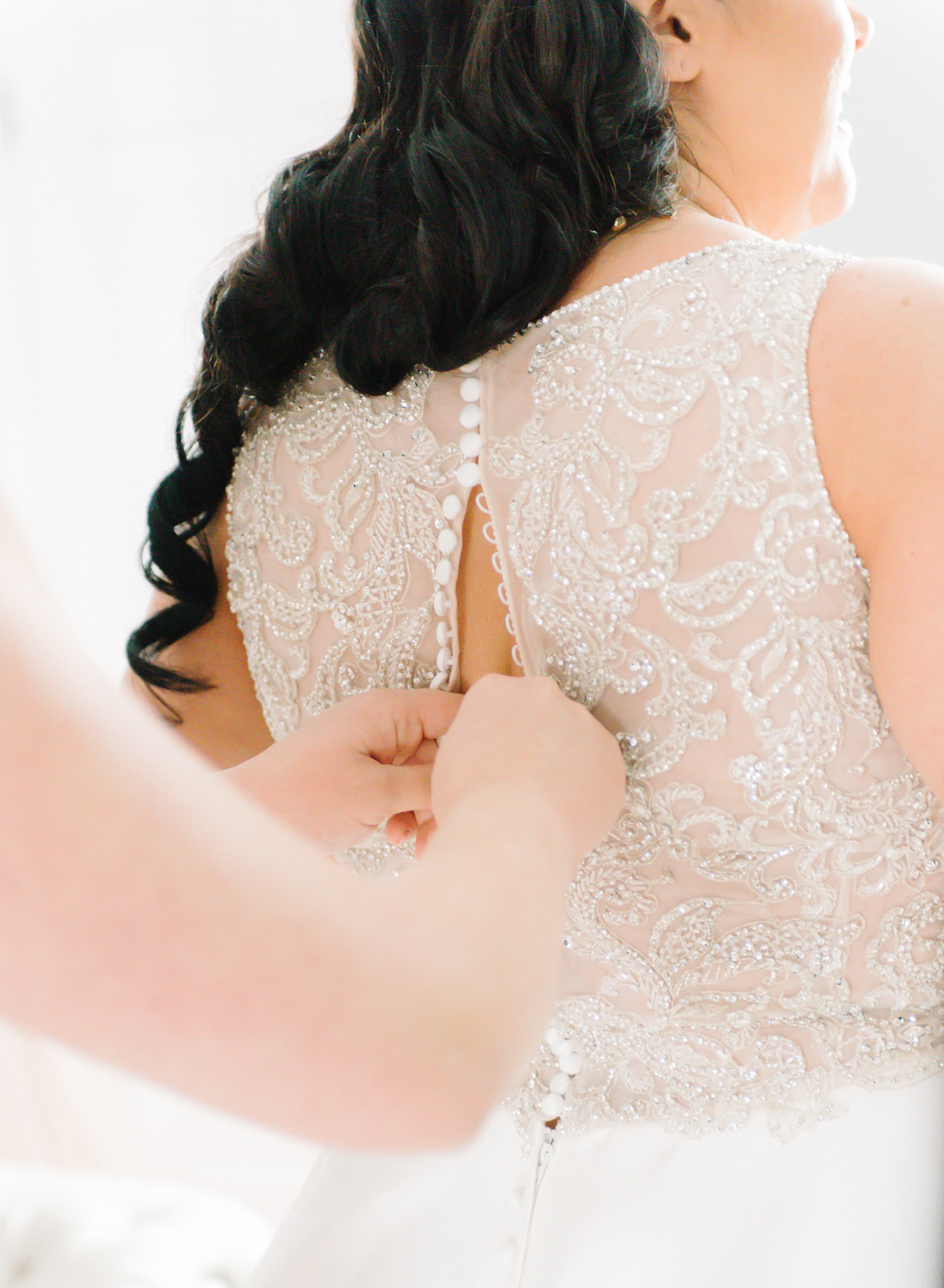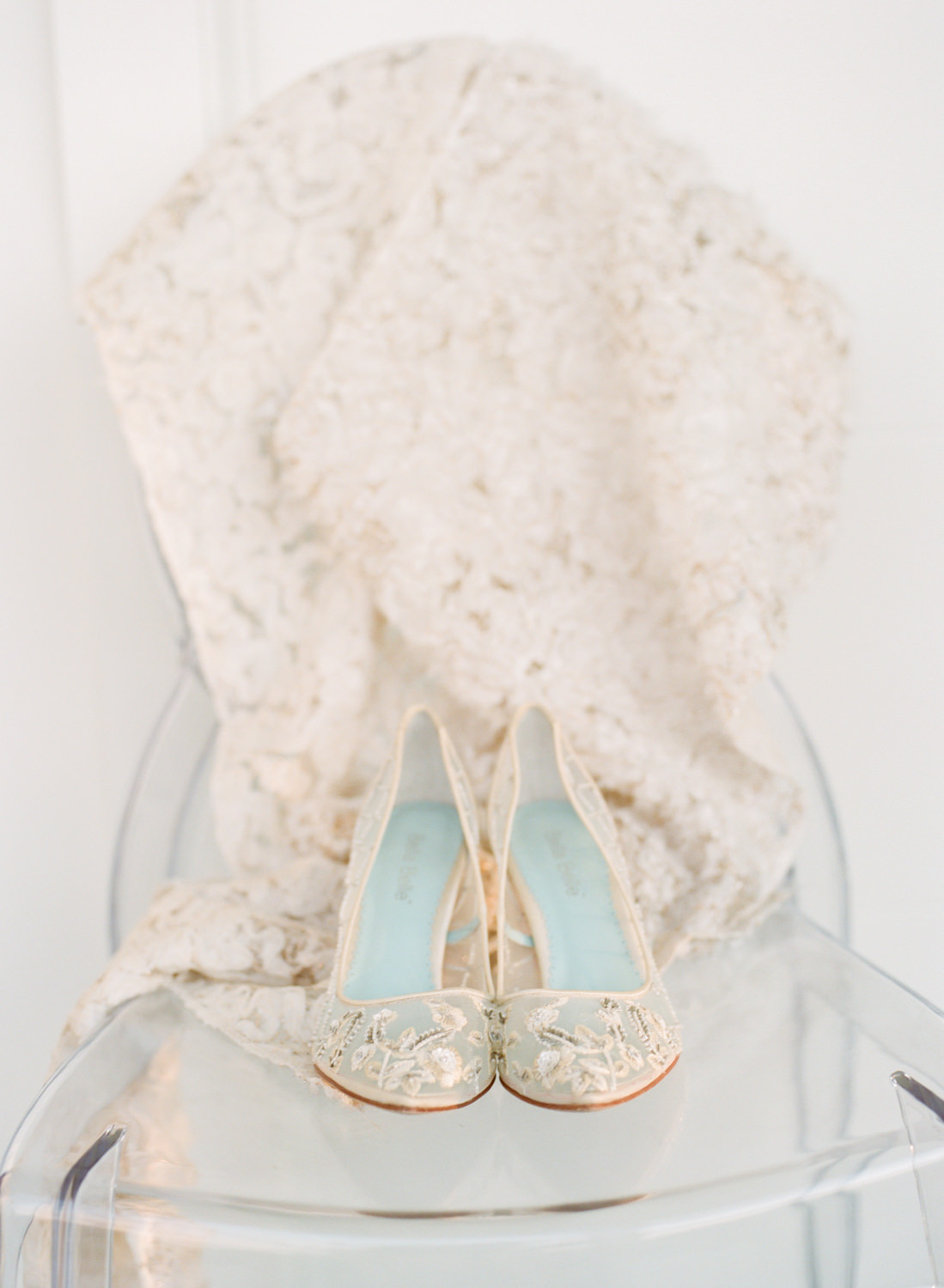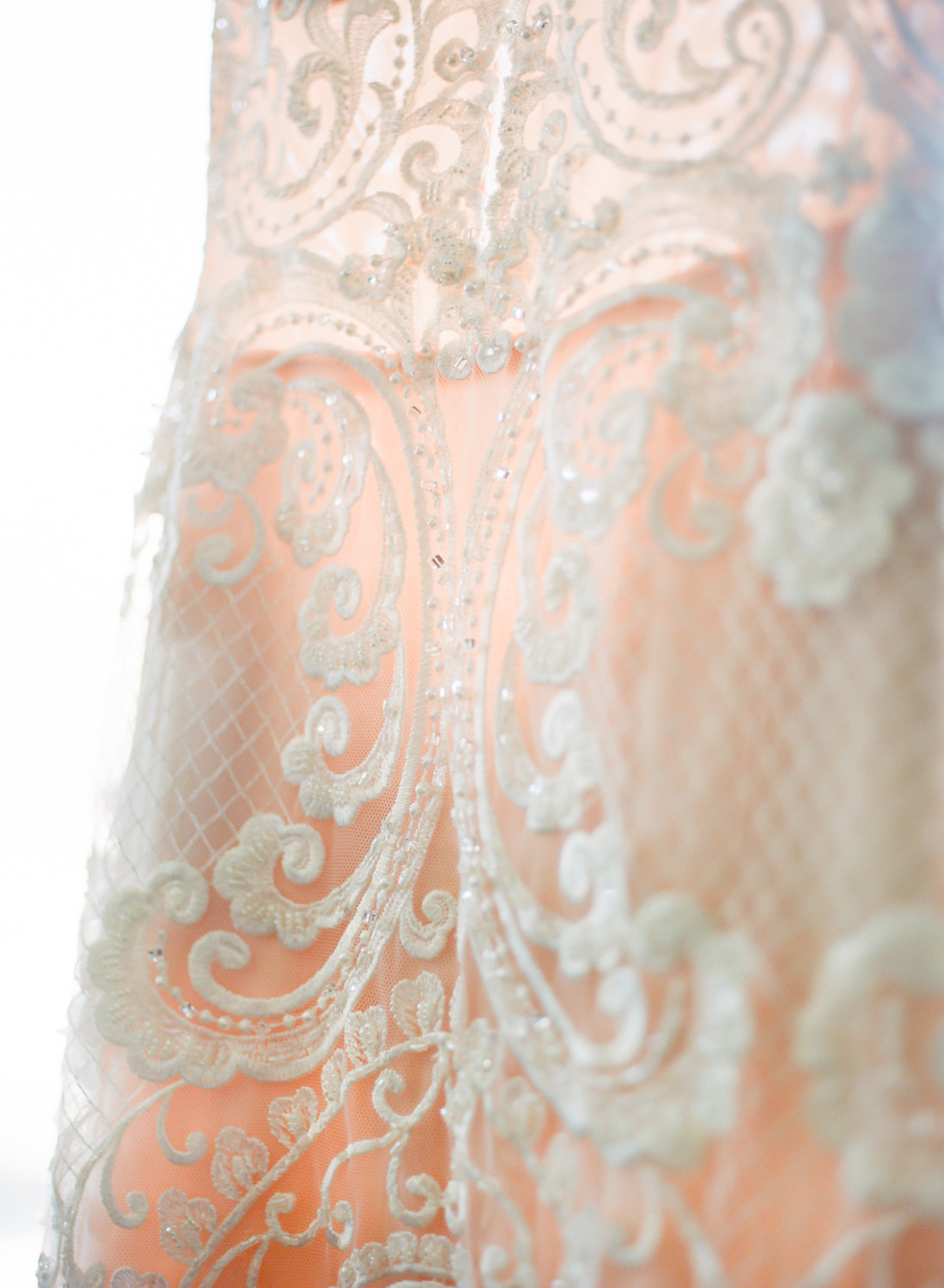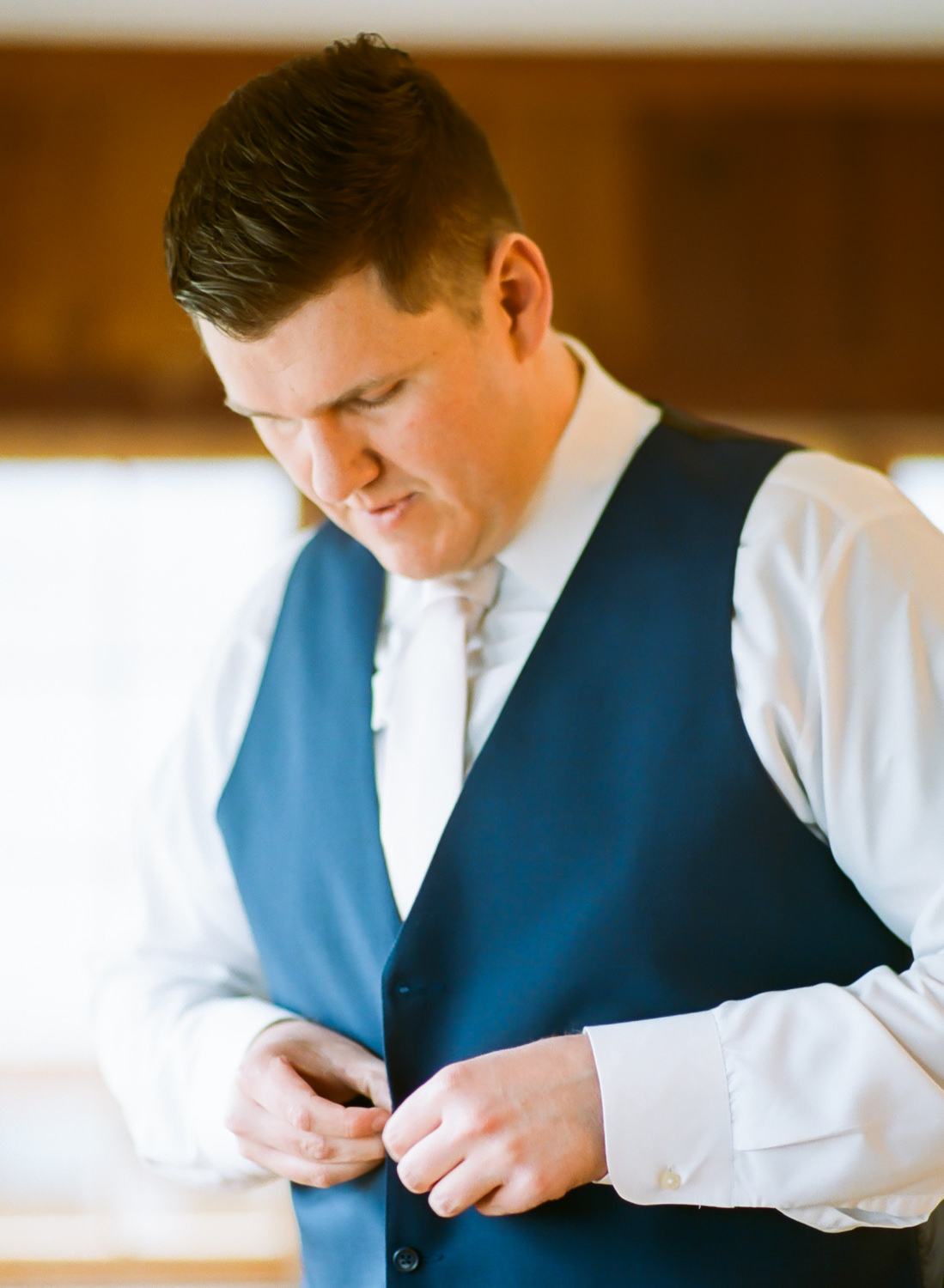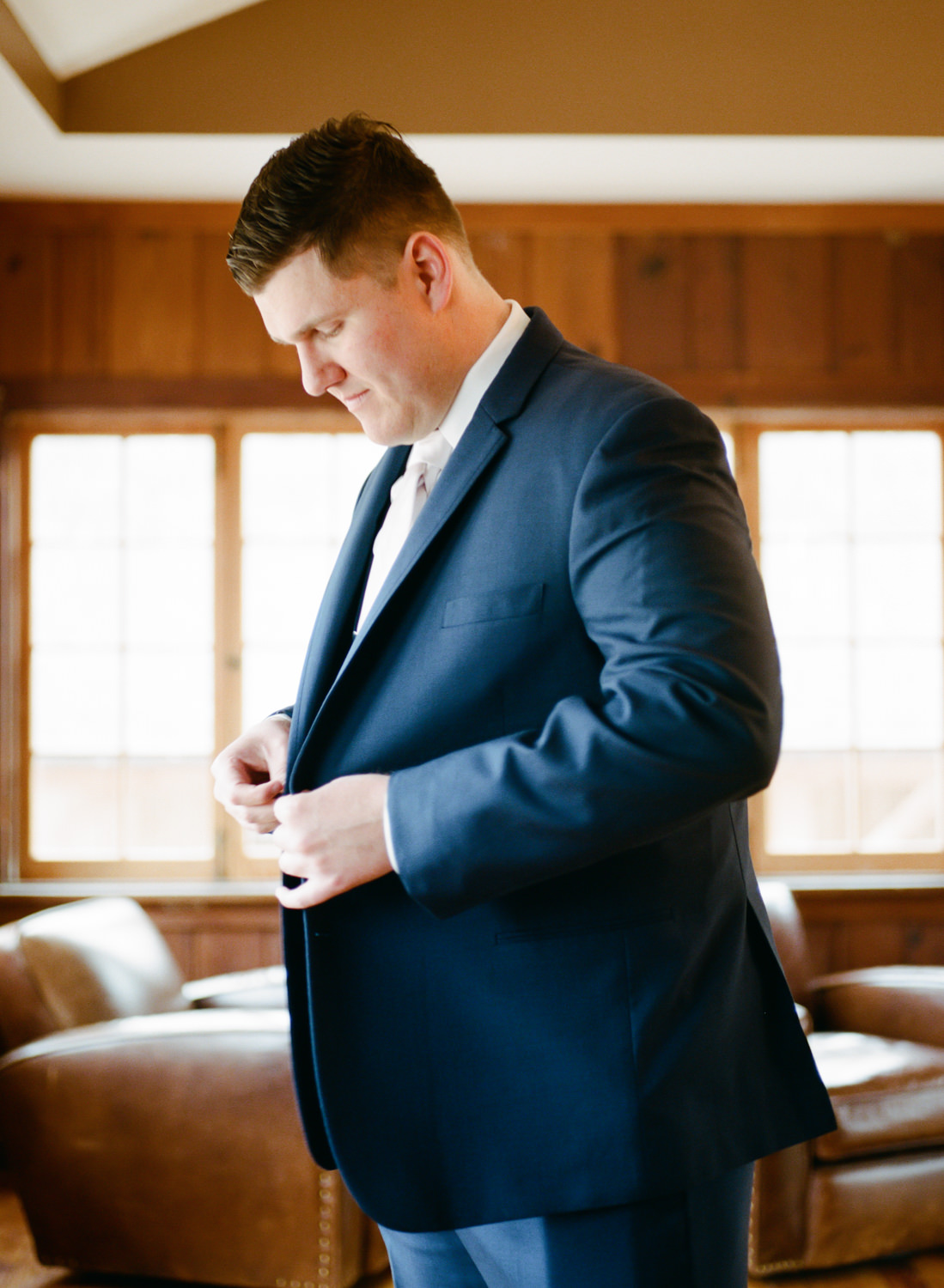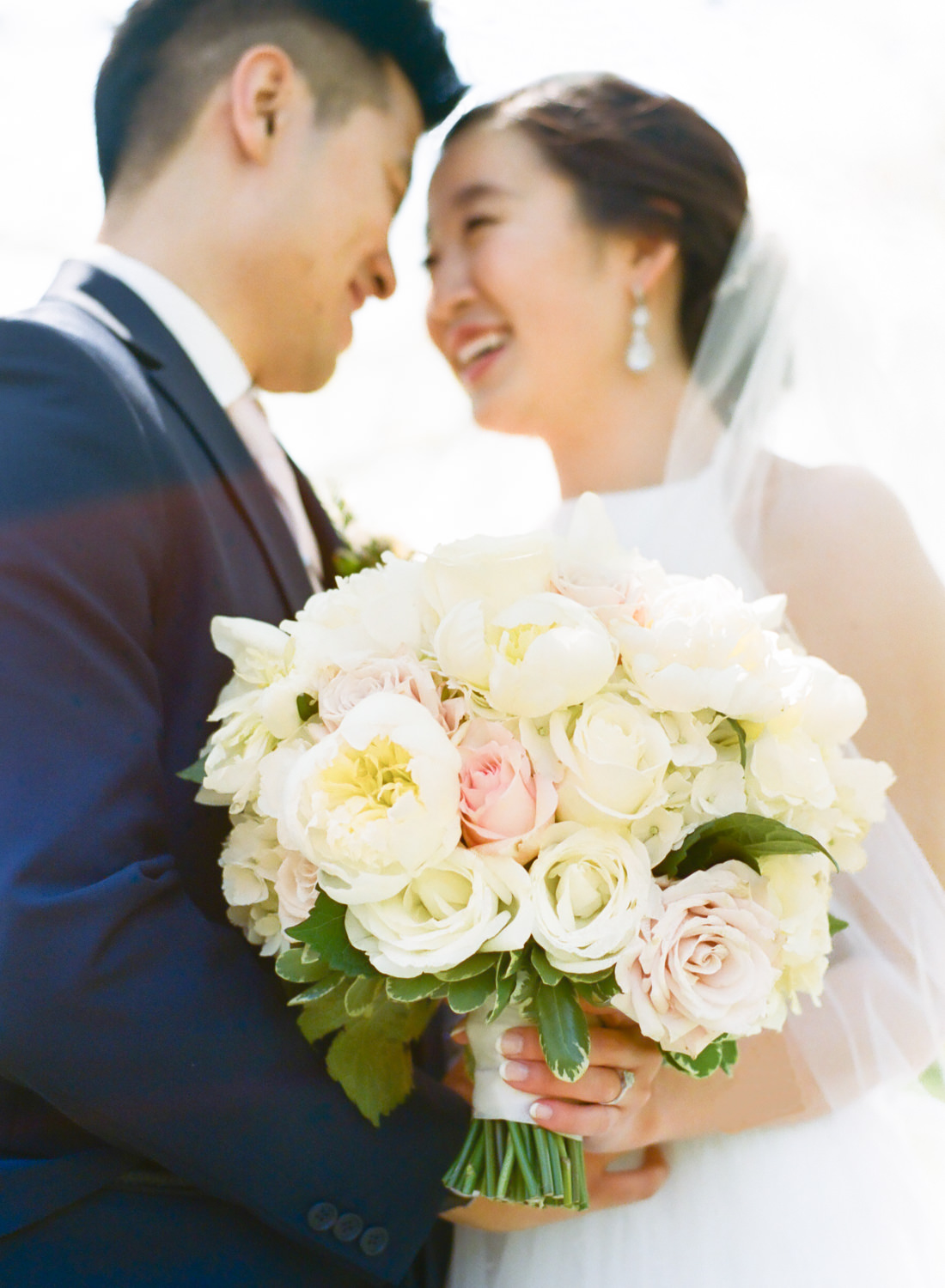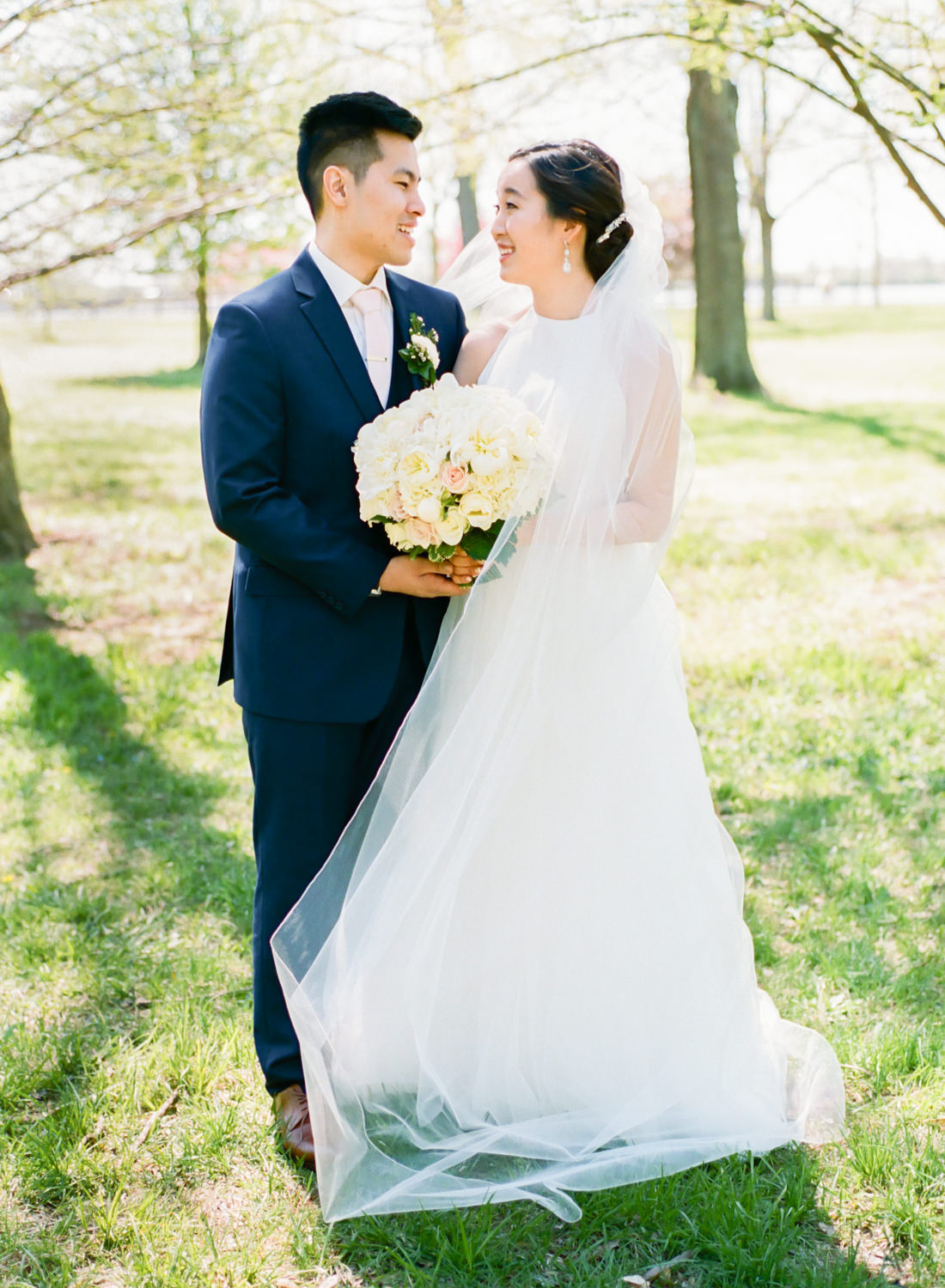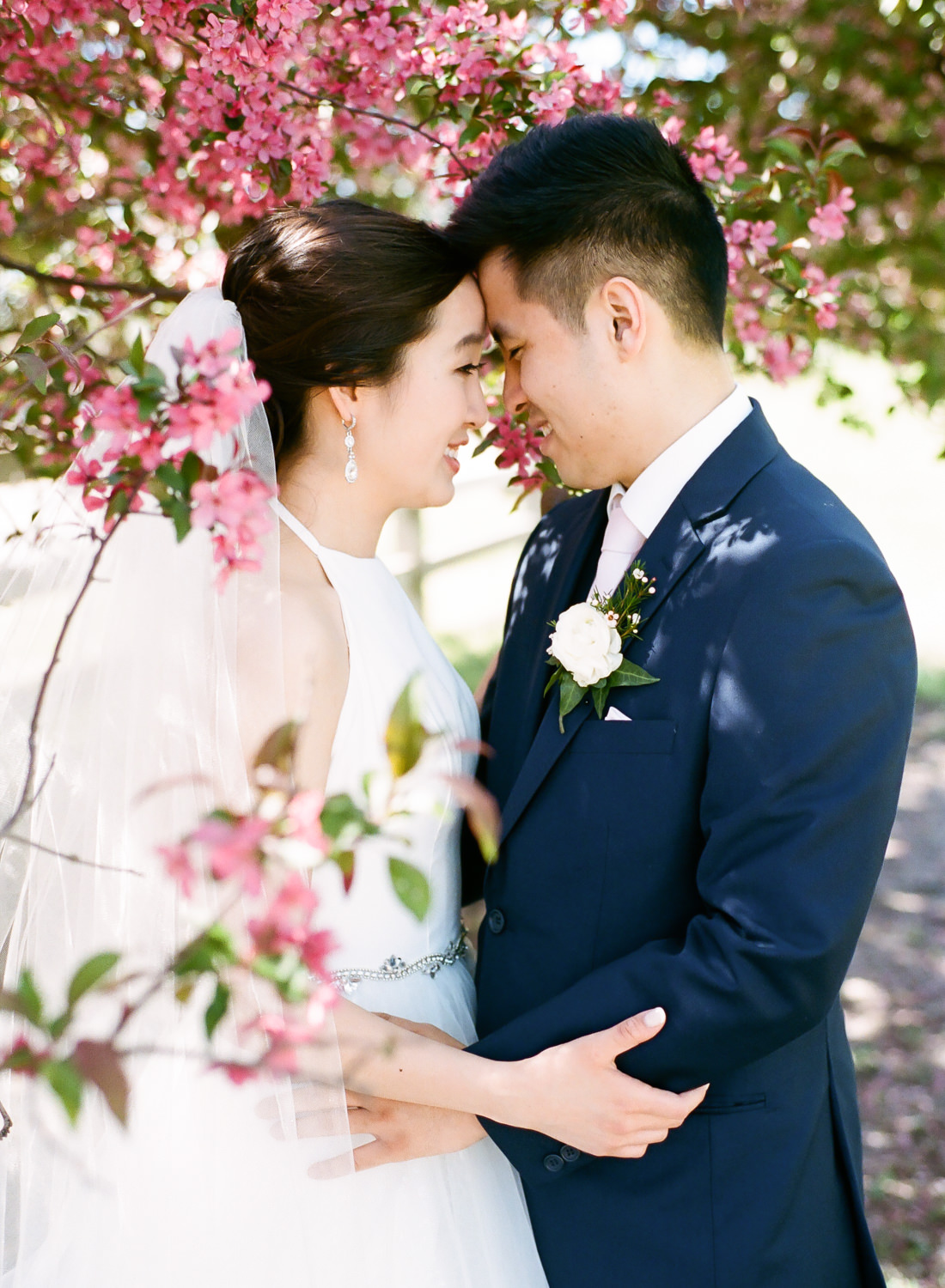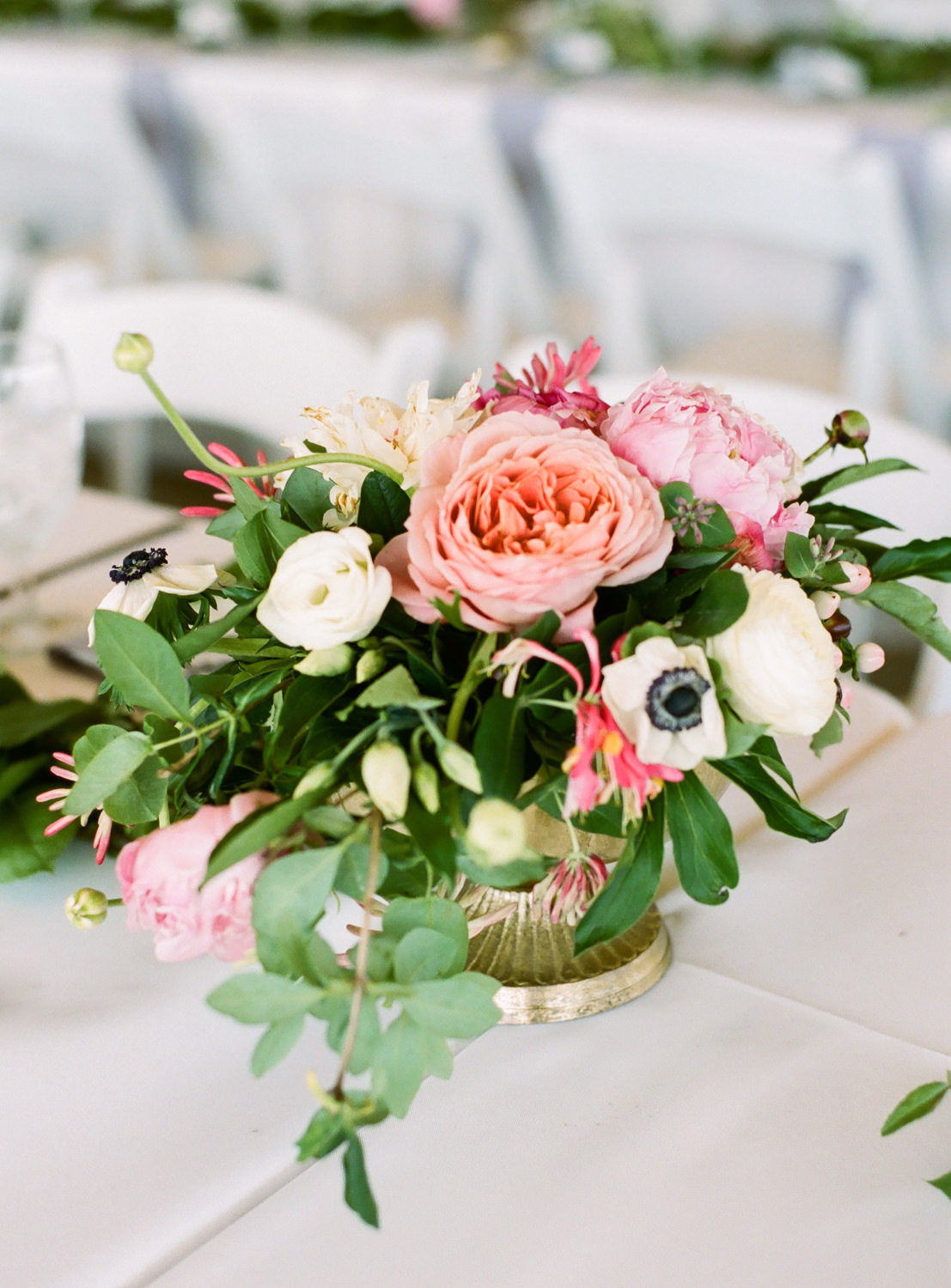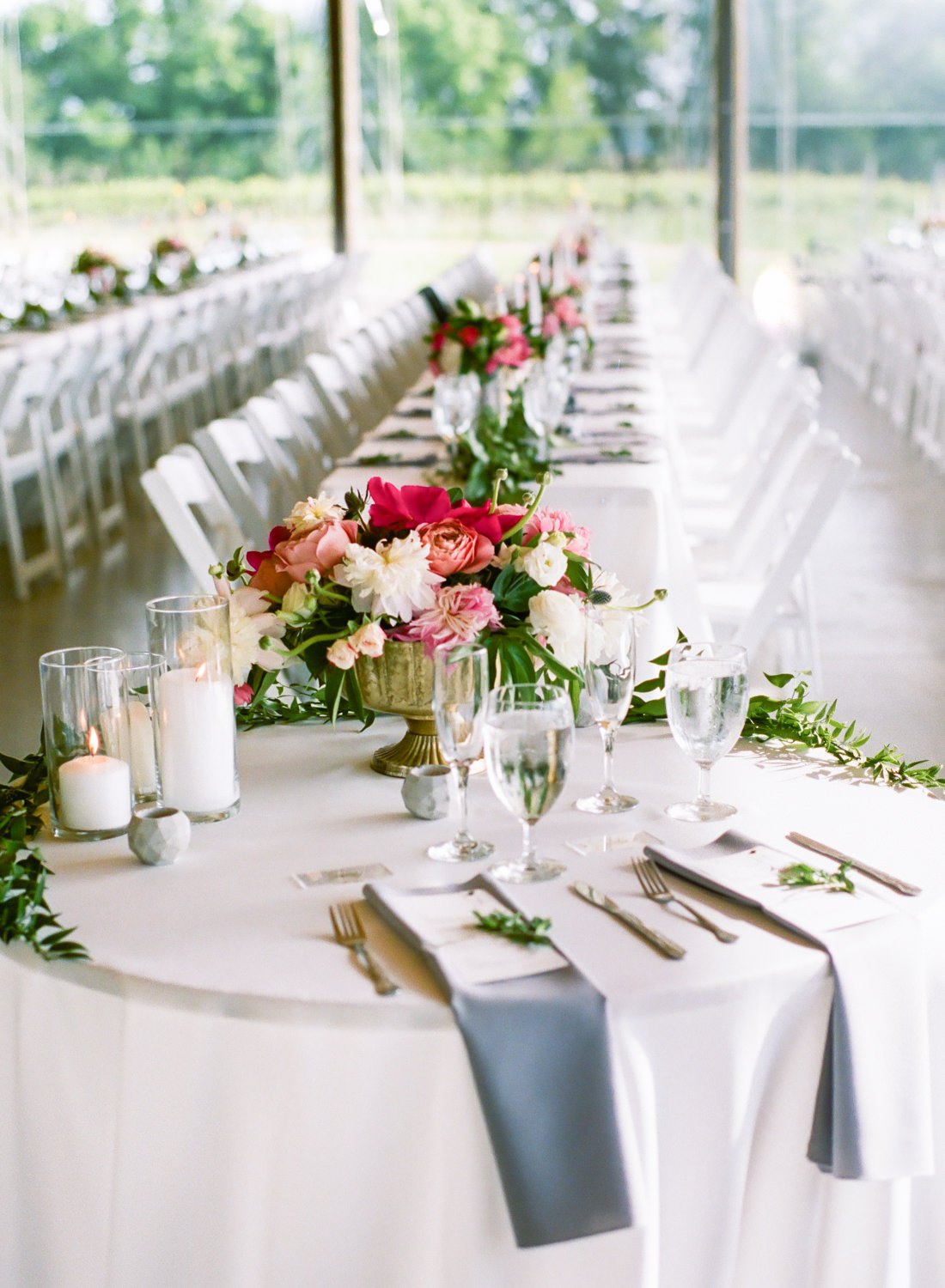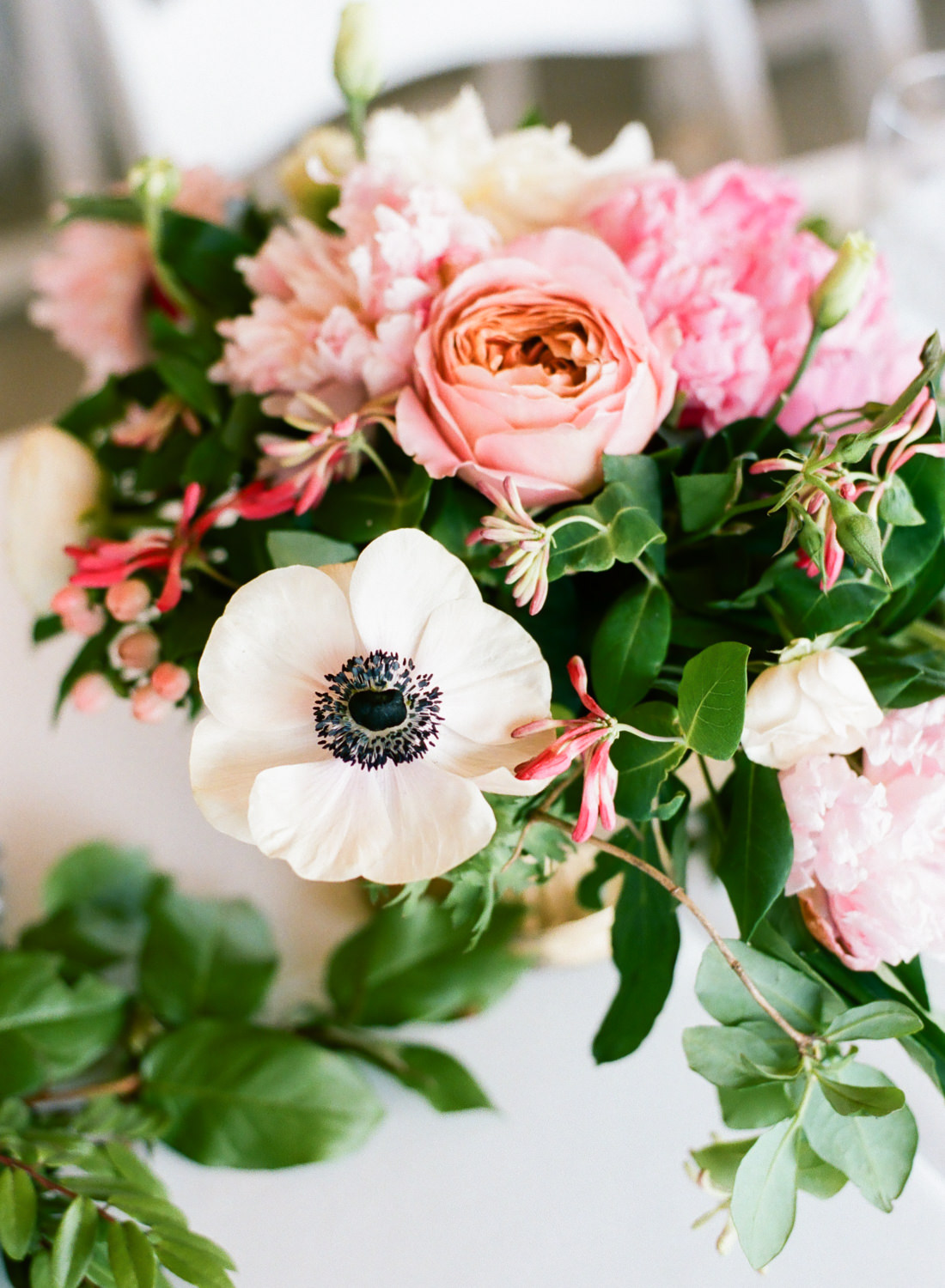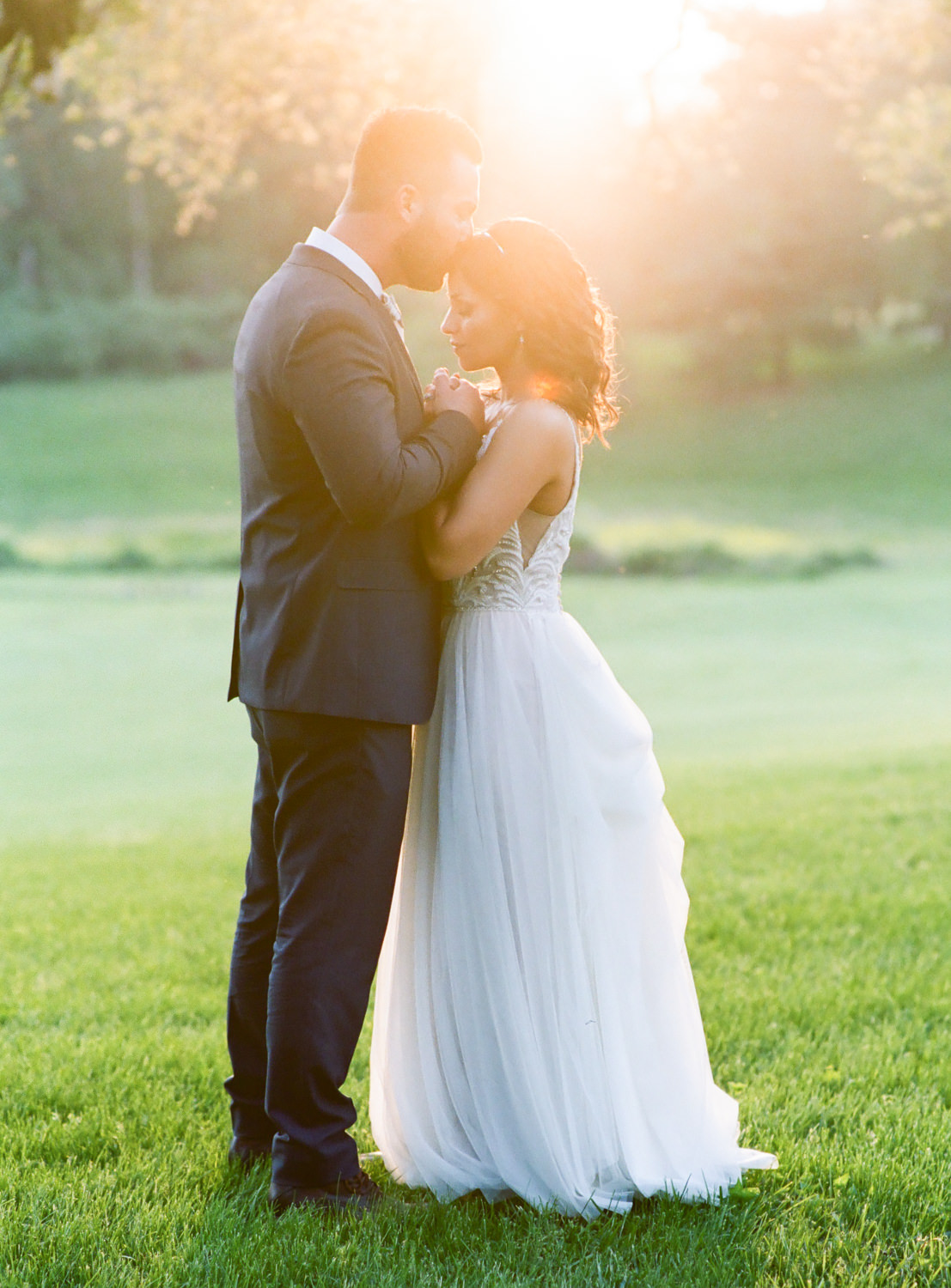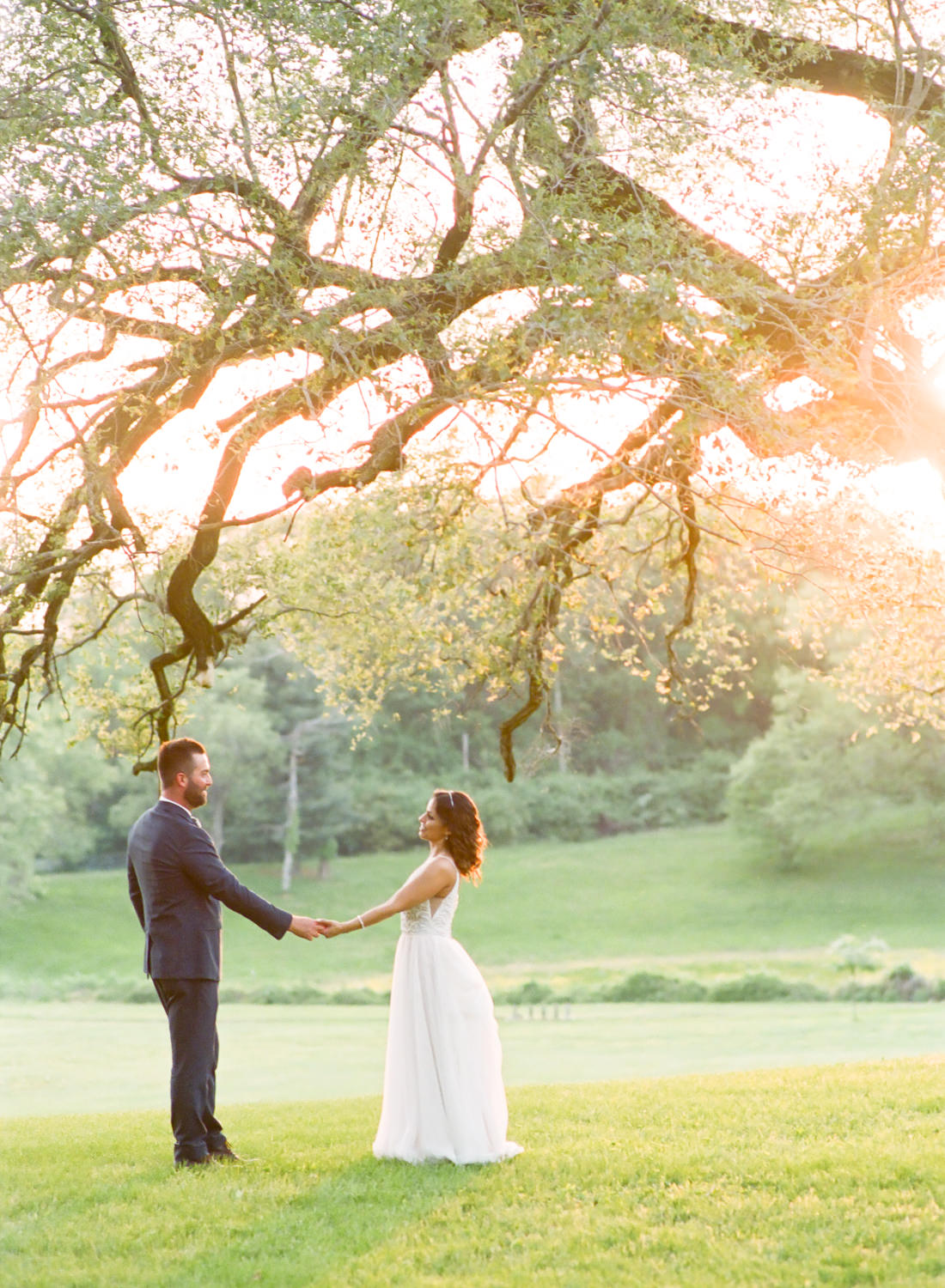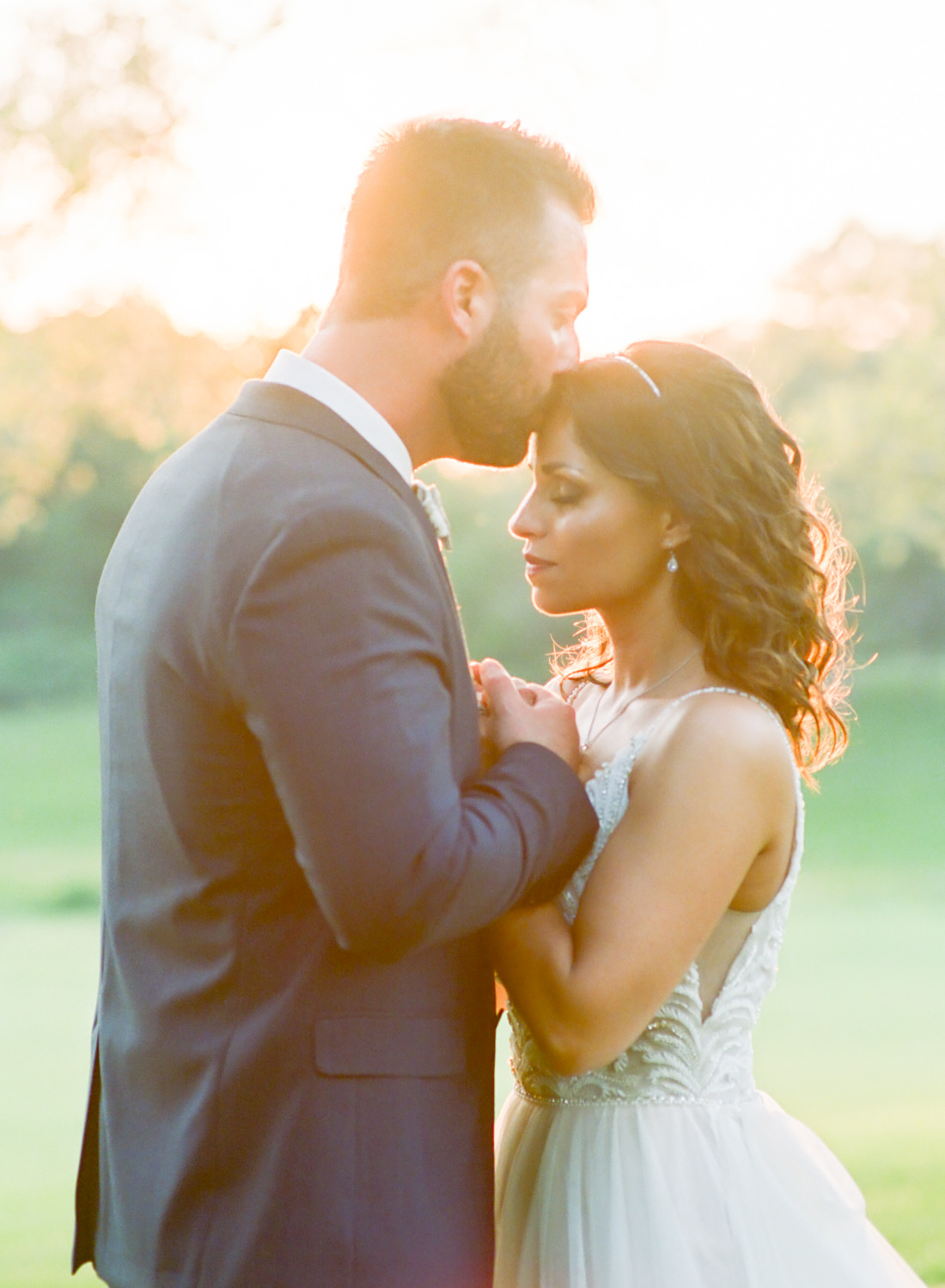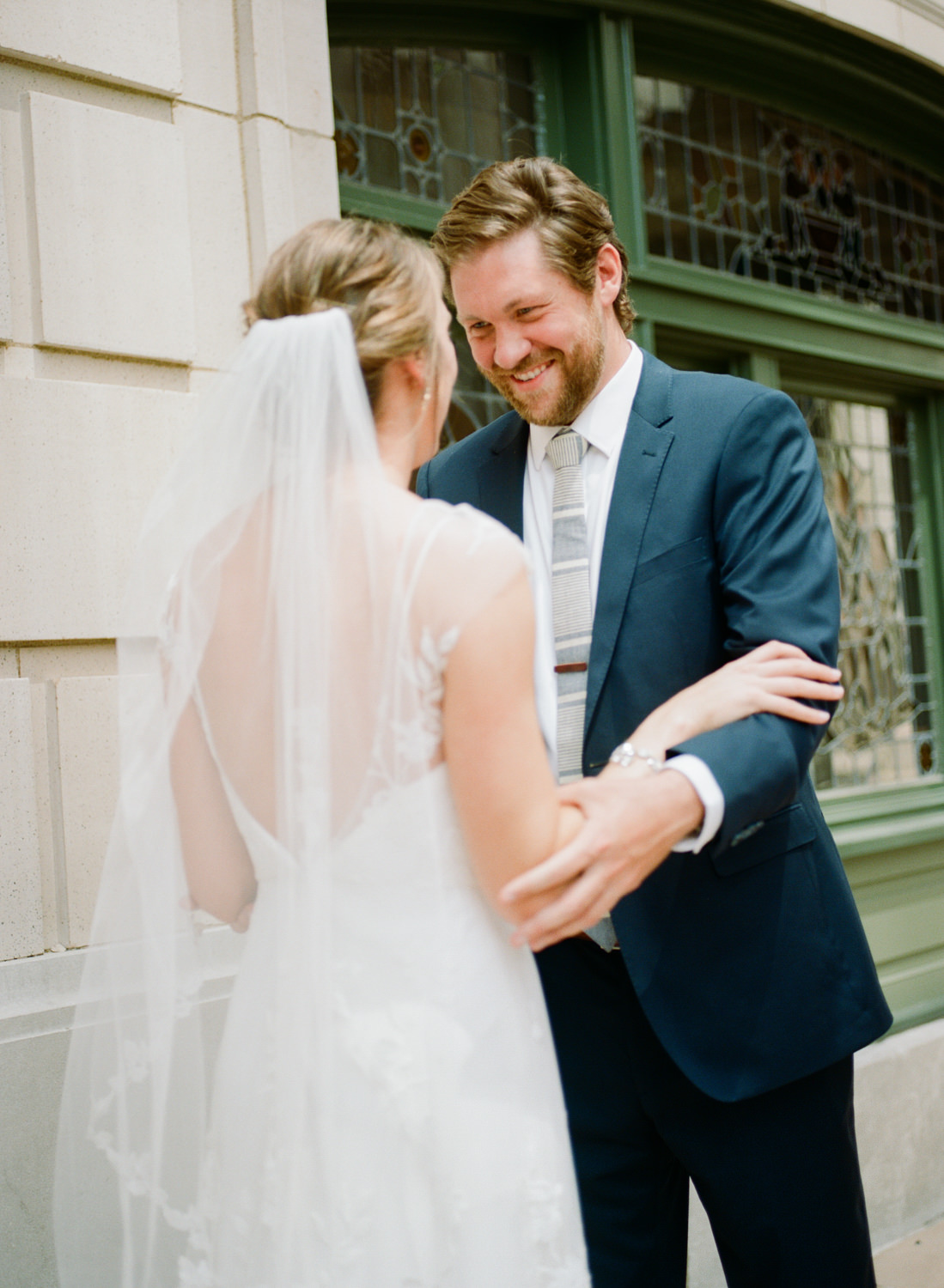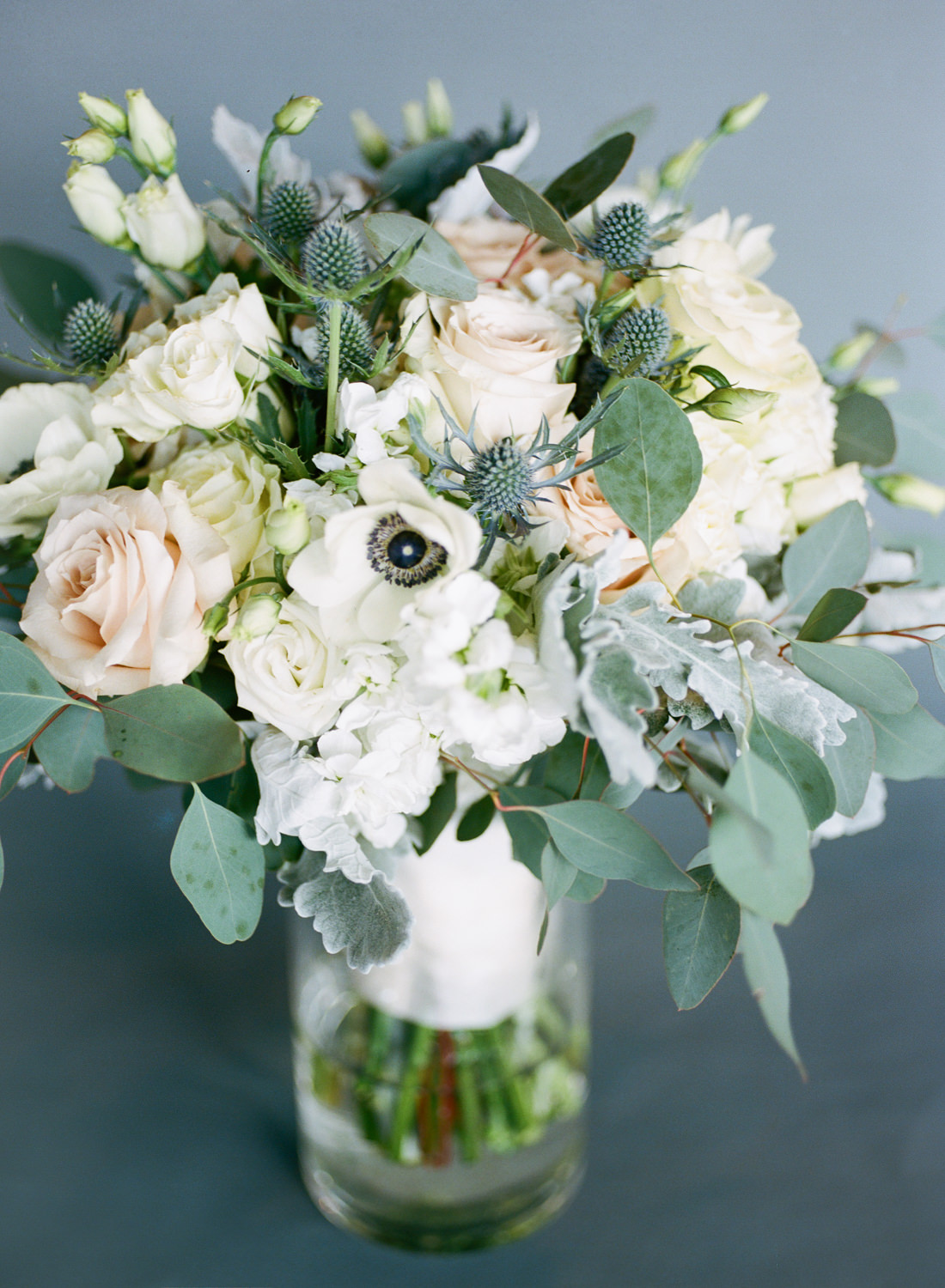As a wedding photographer, one of the most asked questions I get from couples is, “How much time should we plan for photography?” An important part of my client’s experience is creating a realistic timeline together. This ensures that they receive the images they want without monopolizing their entire day.
From getting ready to reception, I have included the best photography planning tips and advice I have for couples planning their wedding.
Getting Ready
For getting ready photos of the bride and her bridesmaids, I recommend 60-90 minutes. Ideally, I will arrive near the end of the bride’s hair and makeup. I ask her to gather her details together in one place ahead of time so that I can photograph them as she is finishing touch-ups. These details include invitation suites, jewelry, hairpieces, wedding rings, shoes, dress, veil, perfume, heirloom items, garter, and bouquet if delivered to the bridal prep room.
After photographing details, touch-ups of the bride’s hair and makeup, and her friends and family getting ready, I will take photos of the bride getting ready. I ask the bridesmaids and family members to get dressed before the bride, so that they are camera-ready while assisting her in putting on her dress, shoes, jewelry, and veil. I will finish up with portraits of the bride and any family members who are present.
TIP: Steam all bridesmaids dresses before the day of the wedding to avoid wasted time.
Guys generally need 30-60 minutes at most for getting ready photos. I ask the groom and his groomsmen to be dressed in pants and shirts by the time I or my second photographer arrives, and then take photos of them putting on jackets, ties, and boutineers if available. I or my second photographer will also take photos of the groom’s details, such as tie and tie clip, watch, and cufflinks. We finish documenting the guys with a few photographs of the groom by himself, with his friends, and with any family members who are present.
TIP: The groom and groomsmen should try on their tuxes/suits before the day of the wedding to avoid last minute surprises.
Pre-Ceremony
I recommend reserving the last 30 minutes before the ceremony as down-time so that the bride and her bridesmaids can be hidden away before the guests arrive.
Ceremony
The ceremony time often dictates a wedding day timeline, so it is important to communicate with your officiant on how long the ceremony is expected to run. If you are not doing a first look with your partner and taking photos before the ceremony, it is imperative that you are aware of sunset time and plan accordingly. This is especially important to remember for late fall and winter weddings when the sun sets early and limits the amount of time available for natural light photographs. (Read: 5 Reasons Why You Should Consider a First Look on Your Wedding Day)
TIP: If you choose to have a receiving line after your ceremony, please be aware that this can take anywhere from 20-40 minutes, depending on the number of guests. To save time, consider going table to table to greet your guests at the reception. 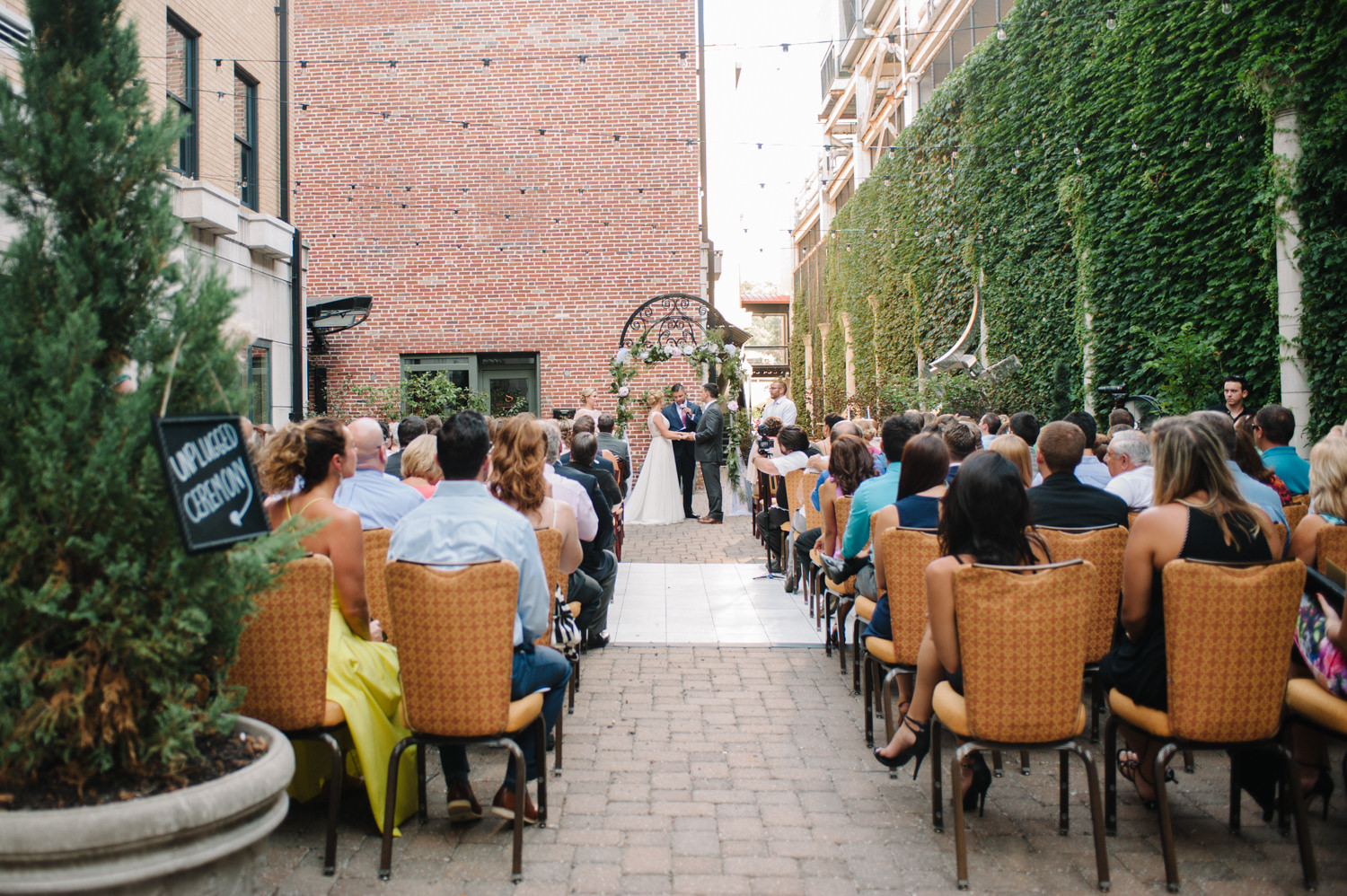
Family Photos
The temptation for many couples is to create a long list of family photos without realizing how much time they require. On average, each grouping takes a minimum of 2 to 3 minutes to set up and photograph. I recommend 10 to 15 groupings, which will take about 30 minutes to complete. When creating family photo lists, I ask my couples to consider which images they will actually print and display and/or include in their wedding album. Keeping family photos to 30 minutes is usually appreciated by family members who are ready to get to the reception and dinner.
TIP: Assign someone to gather family members for the photos. This person would ideally recognize who everyone is and prep them for the photos that are coming next.
Location Photos
I recommend 60-90 minutes for location photos of the bride and groom and bridal party, NOT including travel time. For every location that requires travel, add at least 15 minutes extra to account for traffic and loading/unloading large groups of people.
For tight timelines, I suggest quality over quantity in your location choices. An experienced photographer can give you multiple different looks in one quality location. If you do decide to visit multiple locations, consider saving time by utilizing those extra locations for bride and groom portraits only.
TIP: If you wish to have drinks available on the bus for your wedding party, assign someone to load the coolers the day before the wedding and fill it with ice on the day of. An unexpected beer run can derail your wedding day timeline.
Cocktail Hour
Not all cocktail hours are actually 60 minutes long, but I would recommend allocating no less than 30 minutes. This gives the photographer time to capture the reception details before the guests enter the room. Having a second photographer allows for photos of the guests while the main photographer focuses on reception details.
Golden Hour and Sunset Photos
To capture photos with late afternoon golden light, schedule photos 1-2 hours before sunset. If you are not photographing in a location with a clear view of the horizon, plan on finishing photos 30 minutes before sunset, as the sun will disappear behind buildings and trees before setting.
Reception
When planning your reception timeline, it is imperative that you communicate with all of your vendors and that they all approve of the schedule. Your DJ/band will know how long introductions and speeches generally take, and your caterer and venue will know how much time to plan for a buffet or plated dinner for your number of guests.
It is not usually necessary for your photographer to be present for the entire reception. Planning all major events, such as cake cutting, speeches, special dances, and bouquet/garter toss at the beginning of the evening will save you money and still allow the photographer to capture all of the important moments. Photographing 30-60 minutes of open floor dancing is usually sufficient to give you the fun party photos you want and allow your guests to cut loose without a camera in their face all evening.
If you are planning an exit shot, consider staging it for photos before the end of the reception. This allows for better control on who participates (either limiting it to only family and wedding party, or including guests who need to leave early), as well as saves you from investing in unnecessary coverage time.
TIP: Arrange to serve your photographer dinner at the same time as your wedding party and immediate family members. This allows them time to eat and be ready to take photographs when the dancing begins. 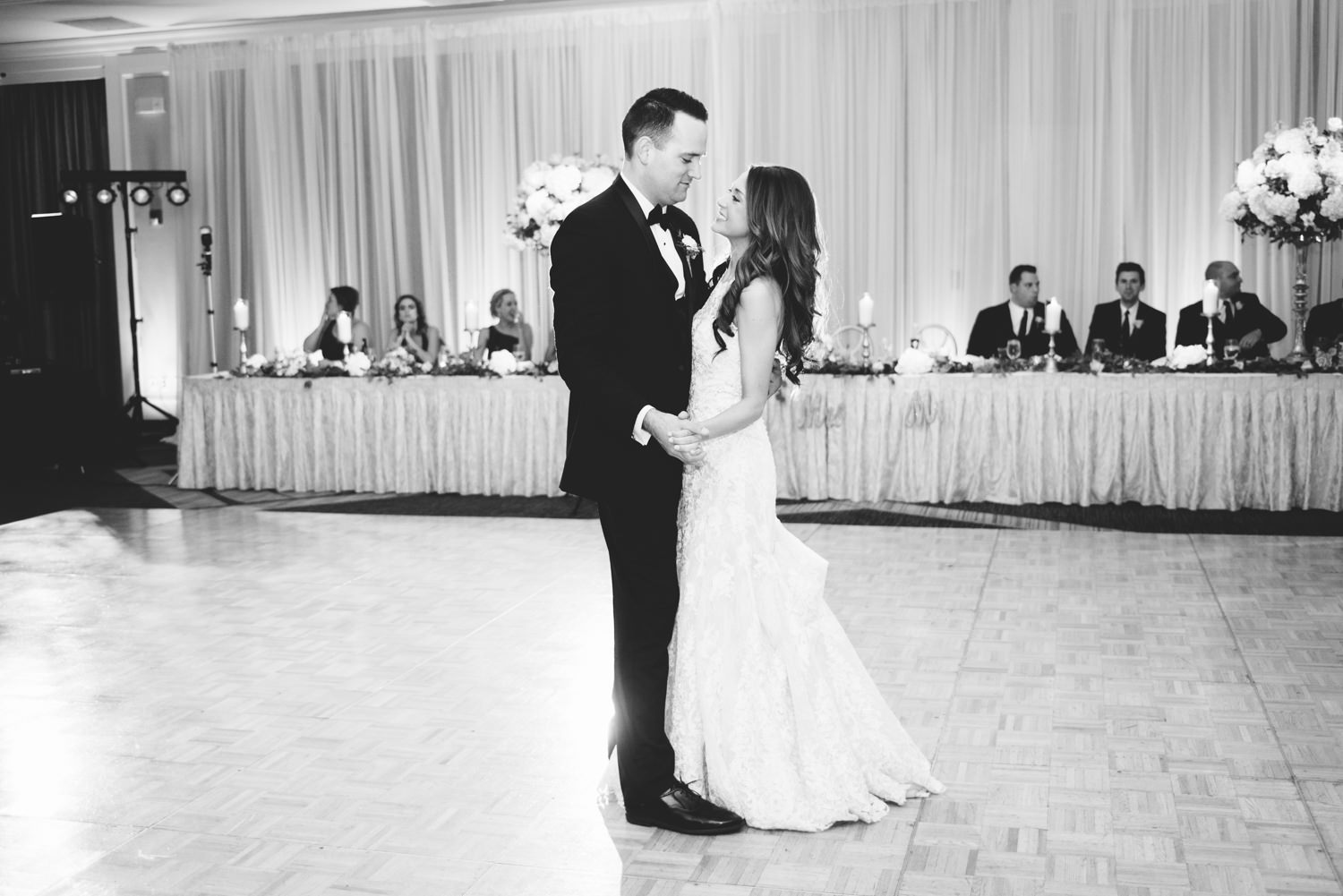
Final Tips to Consider:
After communicating and approving your timeline with all vendors, don’t forget to distribute the schedule to all family, wedding party members, and anyone else assigned to help with the wedding. Good communication is key to a successful event.
Consider hiring a planner, month-of, or day-of wedding coordinator. They will take a lot of things off your already busy plate and greatly reduce your stress-level during the planning process. They will also be available to solve any problems or complications that may occur on the day of the wedding, a job which usually falls on the photographer if a planner is not present. Freeing your photographer up to do her job will ensure that there is time to capture all of the photos that are important to you.
Relax and have fun! Pre-planning is not easy work, but it will be worth your efforts in the end. If you have created and communicated a workable timeline ahead of time, then you will be able to rest easy on your wedding day, knowing that your vendors will take care of the rest.
For an example of an 8 hour wedding day photography timeline, click here: Sample Wedding Day Photography Timeline

